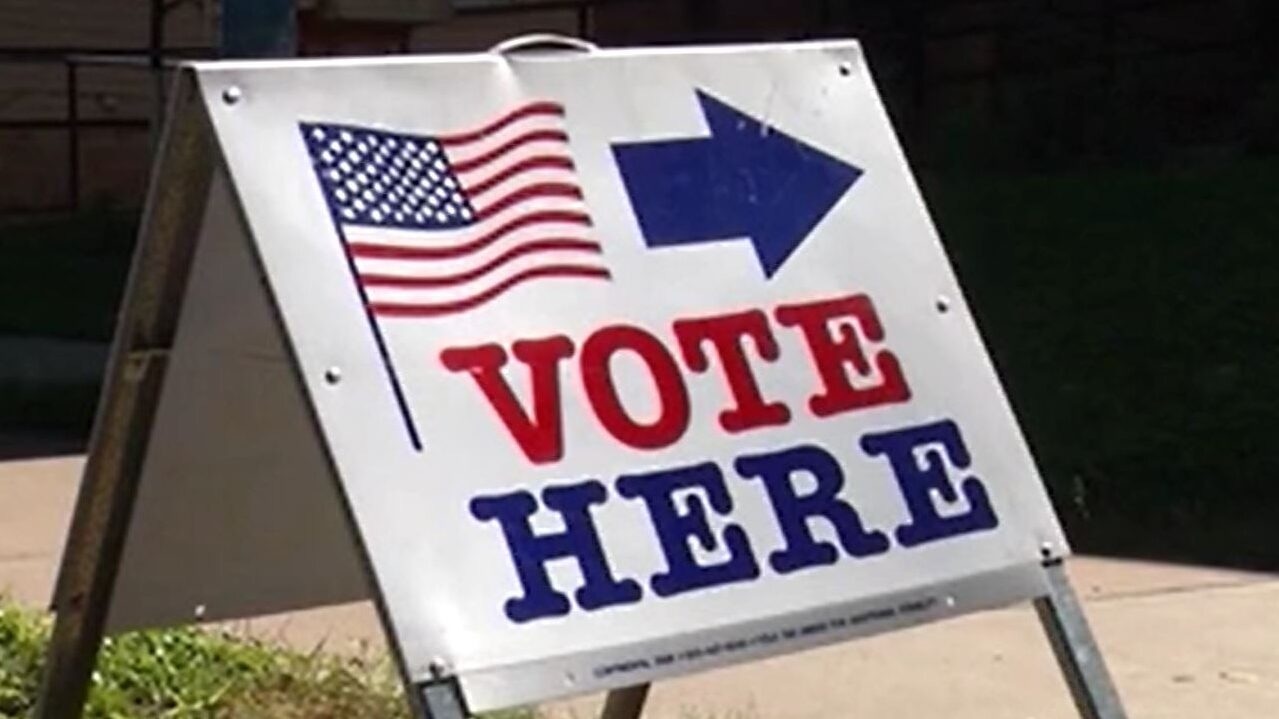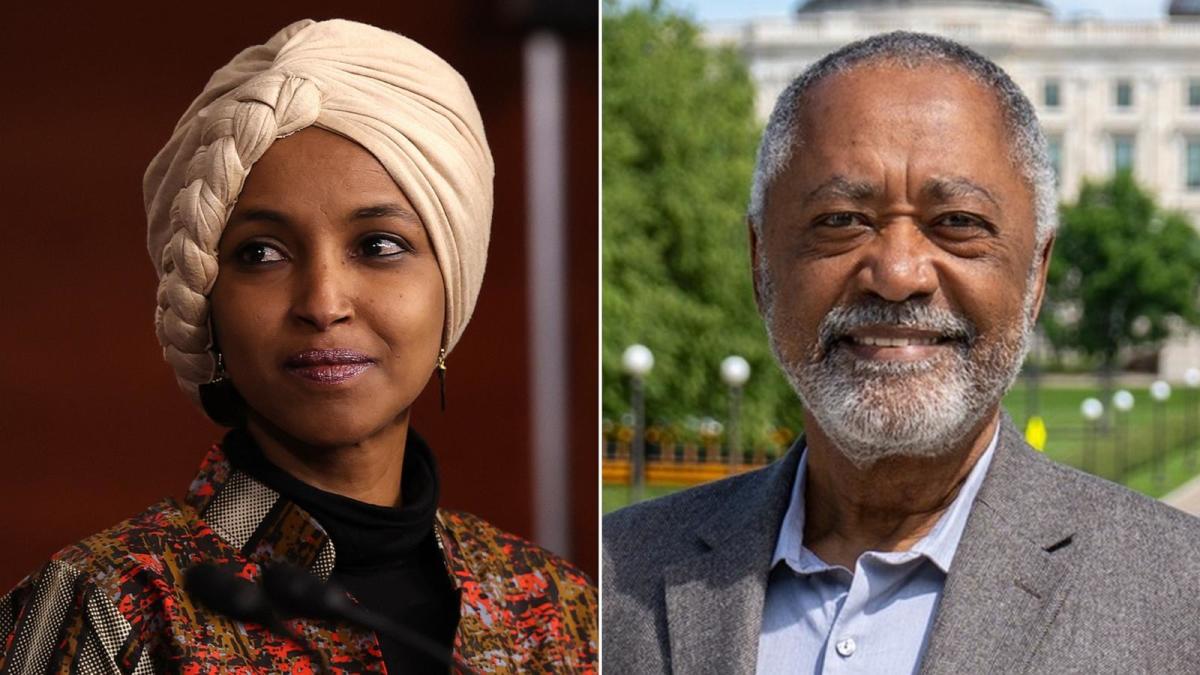Minnesota Primaries

Minnesota primaries are a crucial part of the state’s political process, allowing registered voters to choose their preferred candidates for various offices. They play a vital role in shaping the political landscape, influencing the direction of the state’s government and impacting national elections.
Types of Primaries
Minnesota holds various types of primary elections to select candidates for different offices.
- Presidential Primaries: These primaries are held every four years to choose delegates who will represent the state at the national political conventions, where they will formally nominate the party’s presidential candidate.
- Congressional Primaries: These primaries are held every two years to choose candidates for the U.S. House of Representatives, representing each of Minnesota’s eight congressional districts.
- State Primaries: These primaries are held every two years to choose candidates for the Minnesota State Senate and House of Representatives, as well as for other statewide offices, such as governor, attorney general, and secretary of state.
Key Dates and Timelines, Minnesota primaries
The Minnesota primary election dates vary depending on the specific election year and the office being contested.
- Presidential Primaries: These primaries are typically held in March or April, coinciding with the national primary calendar.
- Congressional and State Primaries: These primaries are typically held in August, with the general election taking place in November.
Voter Turnout and Participation
Voter turnout in Minnesota primaries has historically been lower than in general elections. Understanding the factors that influence voter participation in the 2023 primaries is crucial for assessing the potential impact of these elections on the overall political landscape.
Historical Voter Turnout in Minnesota Primaries
Voter turnout in Minnesota primaries has generally been lower than in general elections. This trend is consistent with national patterns, where primary elections often see lower participation rates. Analyzing historical data provides valuable insights into the factors influencing voter turnout.
- In the 2022 Minnesota primary election, turnout was approximately 23.5%, significantly lower than the general election turnout of 75.4%. This pattern is consistent with historical trends, where primary elections generally see lower participation rates.
- The 2018 Minnesota primary election saw a turnout of about 21%, again lower than the general election turnout of 77.3%. These figures highlight the consistent trend of lower voter participation in primary elections compared to general elections.
Factors Influencing Voter Turnout in the 2023 Primaries
Several factors could influence voter turnout in the 2023 Minnesota primaries. Understanding these factors is crucial for predicting potential participation rates and assessing the significance of the primary election results.
- The competitiveness of the races: Highly contested races with strong candidates and clear ideological differences can attract more voters. For instance, a closely contested primary for a prominent office like Governor or Senator might draw higher turnout than a primary with fewer competitive candidates.
- The level of public interest and media attention: Races that receive significant media attention and generate public interest are likely to see higher voter turnout. Conversely, races with limited media coverage and low public awareness might see lower participation.
- The timing of the election: The timing of the election can also influence turnout. For instance, a primary election held on a weekday might see lower turnout than one held on a weekend or holiday. This is particularly relevant in Minnesota, where voter participation can be affected by weather conditions.
Role of Voter Registration and Absentee Voting in the Primaries
Voter registration and absentee voting play crucial roles in ensuring accessibility and participation in the primaries. Understanding the processes and procedures related to these mechanisms is essential for voters to exercise their right to vote.
- Voter registration: In Minnesota, voters must register to vote before they can participate in any election, including primaries. The registration process involves providing personal information, such as name, address, and date of birth, to the relevant election officials. Voters can register online, by mail, or in person at designated locations.
- Absentee voting: Minnesota allows voters to cast ballots absentee if they meet certain eligibility criteria. Absentee voting can be particularly helpful for voters who are unable to vote in person on Election Day due to work, travel, or illness. Voters can request an absentee ballot by mail or in person at their local election office.
Potential Challenges or Barriers to Voter Participation
Several challenges and barriers can hinder voter participation in the primaries. Addressing these issues is crucial for ensuring that all eligible voters have the opportunity to participate in the democratic process.
- Voter apathy: Voter apathy is a significant challenge in primary elections, where the perceived lack of importance or impact of the results can discourage some voters from participating. This is particularly true in races with limited media attention or perceived lack of competition.
- Lack of information or awareness: Some voters may not be aware of the candidates, issues, or procedures involved in the primaries. This lack of information can discourage participation, as voters may feel unprepared or uninformed about the election.
- Access to polling places: Limited access to polling places, particularly for voters with disabilities or those living in remote areas, can pose a barrier to participation. Ensuring accessibility to polling places is crucial for maximizing voter turnout.

